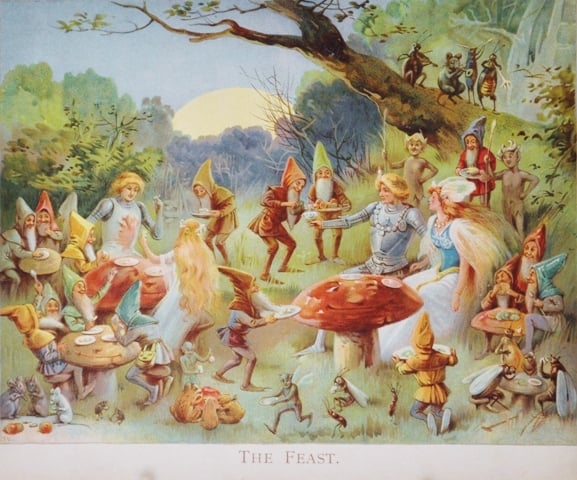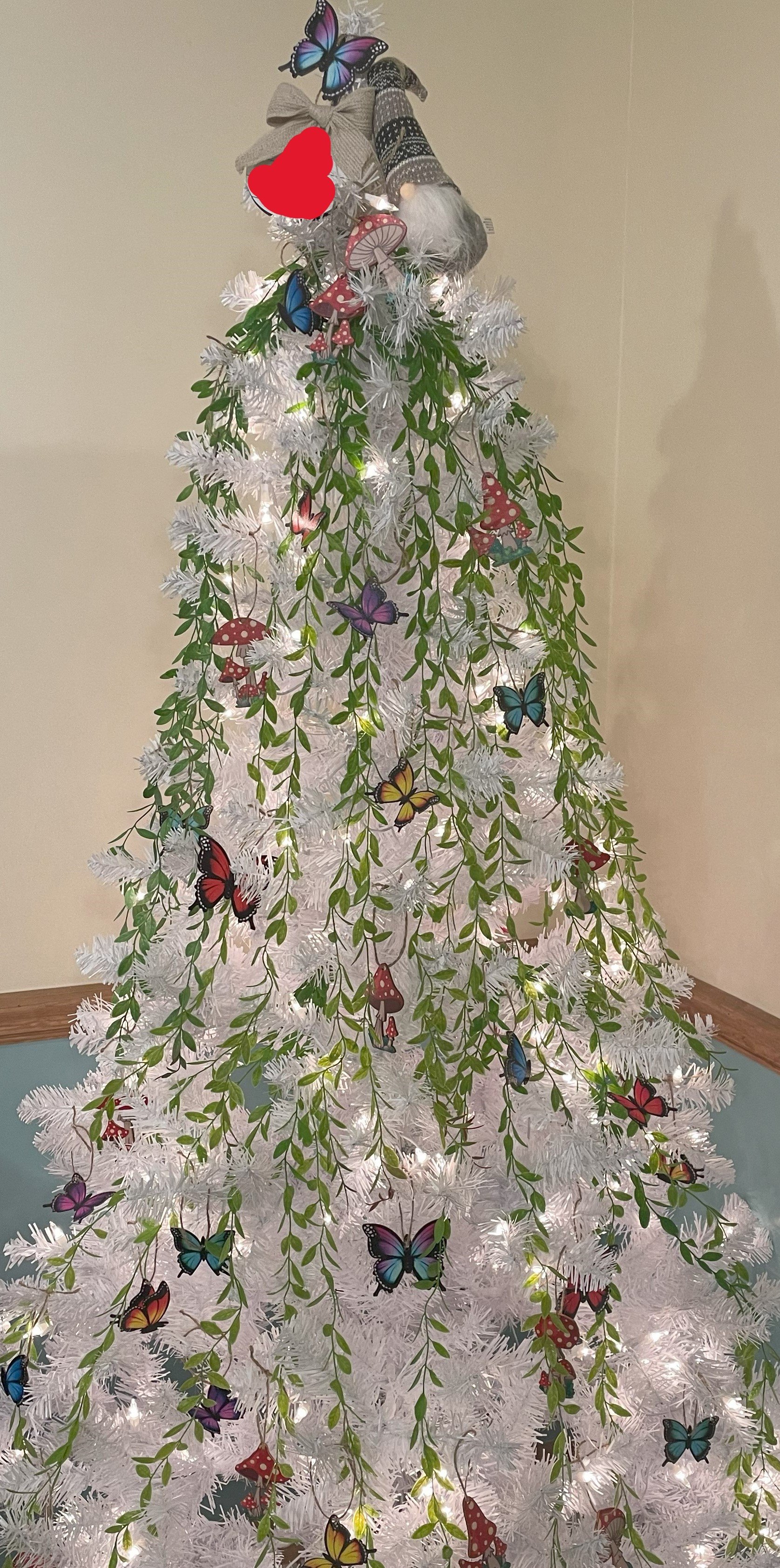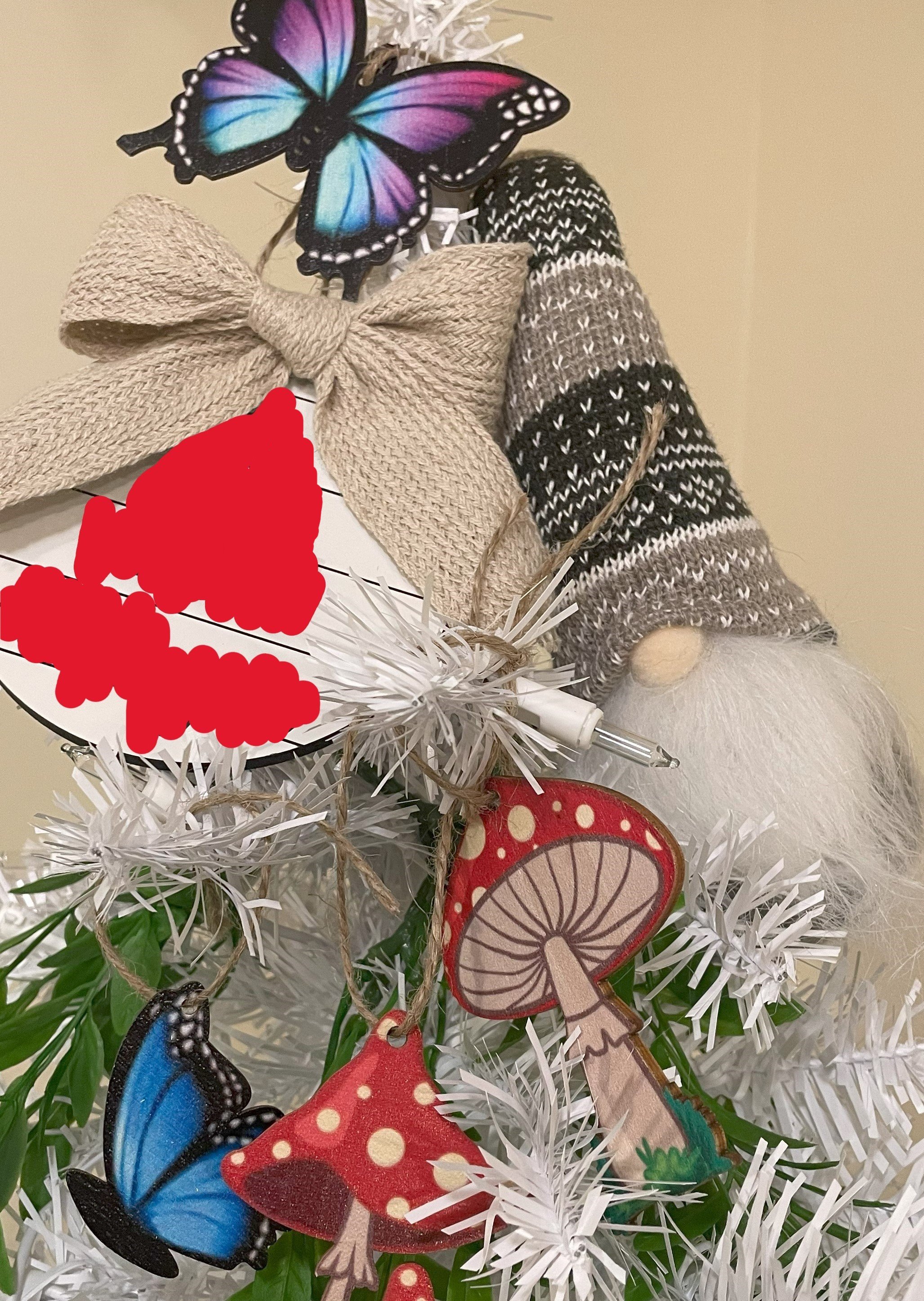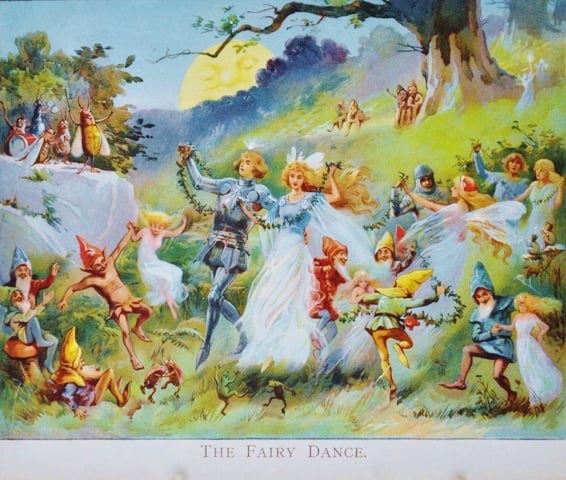Fairy Folklore: Gnomes

"The Feast" by E. S. Hardy, public domain
Researching fairy folklore so I can write The Skeleton Faerie (Children of the Death Gods, #1) has been an absolute blast. Fairies are something I wasn't super familiar with, but as I continue to learn about them, I find myself loving them more and more. I actually love them so much that I've decorated our tree (we keep it up year-round and decorate it according to the seasons) with an "enchanted forest" theme (this theme reminds me of the cute, modern depictions of fairies), complete with an adorable gnome on the top. |


|

"The Fairy Dance" by E. S. Hardy, public domain
There are stories about gnomes and gnome-like creatures from various parts of the world, not just the European nations. But today I wanted to focus on the stereotypical depiction of gnomes, which (mostly) stems from cultures in Europe.
According to my research, there isn't a concrete origin of gnomes - basically, I couldn't for sure tell you which nation "invented" them - but it appears they likely originated from Germanic and Scandinavian folklore. In fact, they have a lot in common with the dwarfs of Norse myth.
Gnomes are described as tiny old men with long white beards and pointed hats, and they turn to stone when exposed to the sun. I also read that they're a type of earth spirit/elemental; apparently, they move underground as easily as humans do aboveground, or as easily as fish do in water.
It's said that gnomes are gardeners, miners, or general guardians of the earth around them. They protect nearby plant life or treasures hidden underground, and they bring good luck to the people they encounter. I imagine that this could be part of why statuettes of them have made for popular decorations in homes and gardens since the 19th century.
Not only have gnomes been featured in adorable decor over the years, but they've also been featured in tons of literature, including "The Gnome," one of the many fairy tales within the popular Grimm's Fairy Tales.
I hope you enjoyed January 2024's favorite folktale!

Receive a free book and never miss an update from A. P. Mobley by signing up for her newsletter, War on the Gods Army!
Thanks for joining War on the Gods Army!
Be sure to check your email inbox for your free book. If you don't see it, check your spam and promo folders for it.